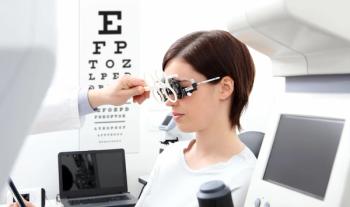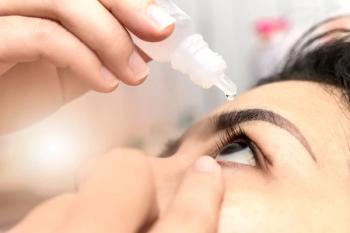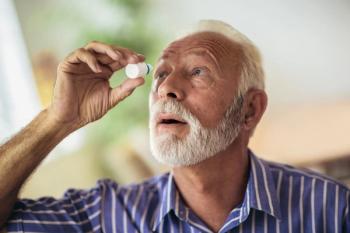
Evidence-based care is a solid foundation for clinical care
Evidence-based care plays an integral role in every clinical practice, according to one expert.
Key Points
Dr. Myrowitz, who chaired this event, said, "Evidence-based care is the conscientious, explicit, and judicious use of best current evidence in making decisions about the care of individual patients," recalling the words of Sackett, Rosenberg, et al in their 1996 British Medical Journal article on the subject.
Hierarchy of evidence
"You, as the clinician, have your expertise. You have your toolbox, and you can reach for different things," he explained.
"I'm going to give you some evidence so that when you are talking to your patients you can say, 'Here's what I think will work for you, and here's the evidence and the science you need to be aware of. That's why I'm recommending this for you,'" Dr. Myrowitz said.
Research and data must be sifted through to complement and be the foundation for the symbiosis of patient preferences, clinical expertise, and treatment.
When researching treatment options in the literature, however, clinicians must remember that there is a certain hierarchy of evidence, which includes observational studies, experimental studies, and systematic reviews, he added.
Observational studies are those in which the investigators observe nature and by making comparisons between groups, Dr. Myrowitz explained. Included in this category of evidence are cohort studies (which are usually prospective), case-control studies (which are usually retrospective), and cross-sectional studies.
All of these types of observational studies provide good evidence, but they are still only observational, he noted.
"Observational studies are of value, but they remain exactly that-observational," Dr. Myrowitz said.
Next in the hierarchy of evidence are experimental studies, which include controlled trials, randomized controlled trials, randomized placebo-controlled trials, and double blind, randomized controlled trials.
"Controlled trials are more powerful than anecdotal evidence or observations," he continued. "Randomization is important in these trials, as are good placebo controls and investigator blinding to help control bias."
Newsletter
Want more insights like this? Subscribe to Optometry Times and get clinical pearls and practice tips delivered straight to your inbox.
















































.png)


